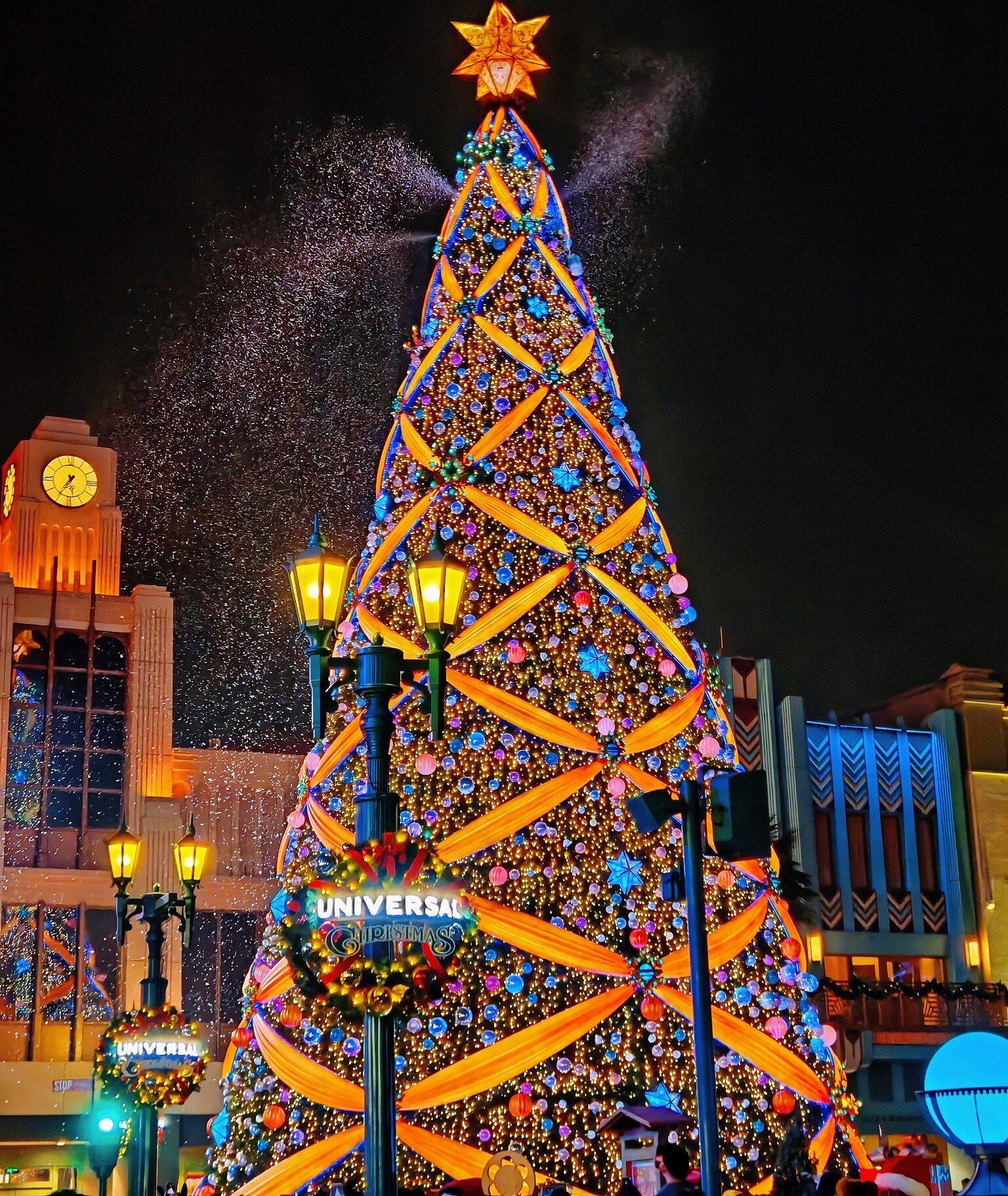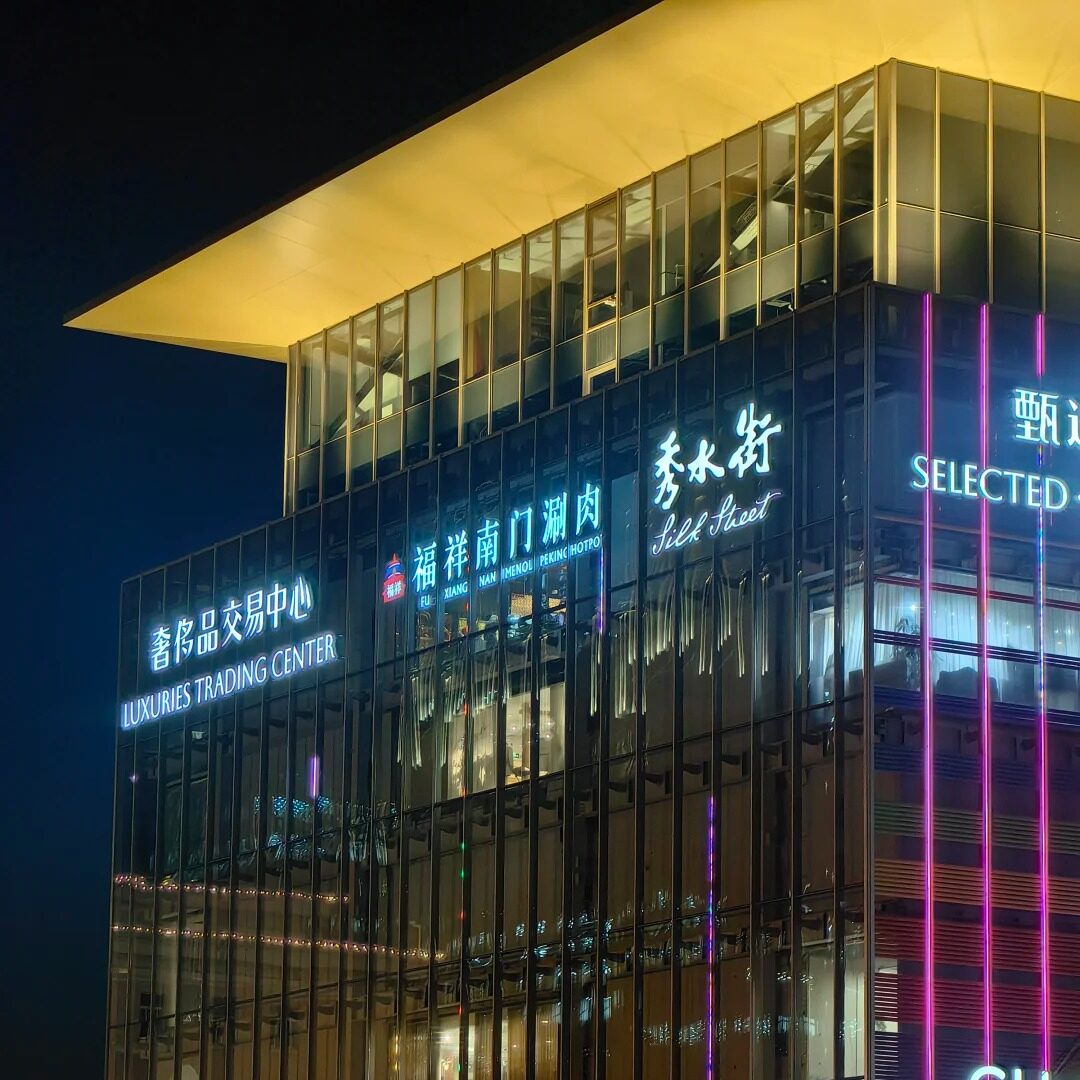The grandeur and mysteries of imperial China can be unraveled as one takes a mesmerizing journey through time by stepping into the Forbidden City. Amidst the hustle and bustle of Beijing, the sprawling palace complex has stood for centuries, harboring emperors and storing China’s political grace for almost five centuries. Now, Forbidden City is a UNESCO World Heritage Site. It has opened its doors to tourists, and in this guide, we explain all the secrets it has to offer—from breathtaking structures of China, its splendid architecture, rich history, compiled art, and traditions to tips that ease every traveler’s journey. As a wise person once said, “Once in a lifetime, travel makes us almost believe we are young!” Prepare to uncover its charms with us.
What is the Forbidden City?
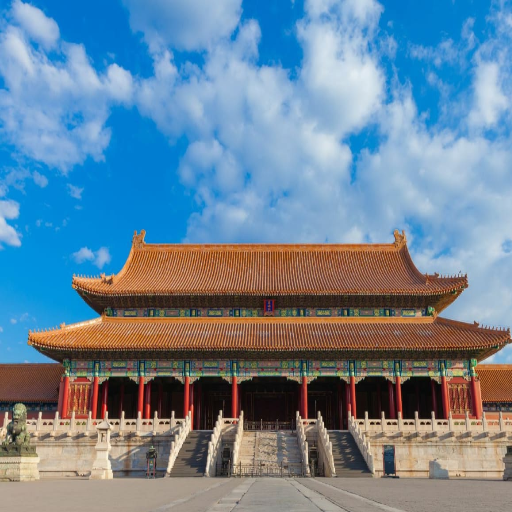
History and Significance of the Forbidden City
The Forbidden City is situated in the center of Beijing, China. It was the imperial palace of 24 emperors of the Ming and Qing dynasties between 1420 and 1912. The city covers an area of approximately 180 acres, making it the most extensive collection of ancient, preserved wooden structures in the world. The palace complex showcases the remarkable elements of ancient Chinese architecture. Buildings are designed according to Chinese traditional customs, and deep philosophical concepts like Confucian ideals of harmony and balance.
Emperor Yongle of the Ming Dynasty built the city, which has 980 surviving buildings and over 8,700 rooms. The structures were divided into several sections based on their functions, which included private living quarters for the emperor and his family, official activities, and ceremonial functions. The city's layout is meticulously planned around a central axis reflecting the political and cultural core of the entire empire.
Aside from its stunning architecture, the Forbidden City is culturally and historically significant. It is an enduring symbol of China’s imperial past and represents that era's artistry, craftsmanship, and technological marvels. The Palace Museum is located there, receiving millions of visitors every year. It has large amounts of artifacts, including porcelain, paintings, and ancient handwritings written centuries ago. Under the protection of UNESCO, this site remains an imperative place to visit to comprehend China’s astounding legacy and the timeline of its history.
Architectural Features of the Palace
The stunning architecture of the Forbidden City exemplifies ancient Chinese principles of design and harmony. Covering an area of around 720,000 square meters, the palace contains nearly 980 buildings and more than 8700 rooms, all ordered along a north-south axis, which mirrors traditional cosmological beliefs. Its central layout highlights symmetry, which serves as a metaphor for balance within a dynasty and order within its dominion.
The palace is strikingly painted in red and gold and showcases exquisite engineering for the time that has survived. The ideal appearance features a fully adorned semi-spiral glazed tile roof serving as a glorious cap to the construction, with supporting stone pillars and exquisite brackets that serve as caresses to its edges. With gilded ceilings hung with motifs that symbolize prosperity and divine power, the Hall of Supreme Harmony was the most gaudy and splendid part of the Forbidden City and emerged as its ceremonial center.
While the majestic form continues to be adored, it serves as a testimony to ancient Chinese urban planning, which, alongside art and engineering, has intensely focused on overshadowed functionality. Most alluring is the impenetrable wall of 10 meters and 52 meters wide buried moat that grants supreme protection, unapologetically showcasing breathtaking beauty while expressing unrivaled craftsmanship.
UNESCO World Heritage Status of the Forbidden City
The Forbidden City's importance was acknowledged in 1987 when it was inscribed as a UNESCO World Heritage Site due to its transcendental value and cultural contribution. For almost 500 years, the Forbidden City served as the residence of Chinese Emperors and the political nucleus of the Ming and Qing dynasties, epitomizing the blend of architectural and cultural achievements of Imperial China. Considered the largest repository of ancient wooden structures, the citadel is unrivaled in sophisticated craftsmanship and historical preservation.
Covering an area of 72 hectares, the Forbidden City boasts 1,000 structures that depict a balance in layout, embodying ancient Chinese philosophy, harmony, and cosmological order. Its UNESCO designation highlights its significance in understanding the evolution of East Asian architecture and governance. Due to the impacts of time, urban development, and modern advancements, continuous conservation strategies are vital, demonstrating the monument's living nature in representing China's history and artistry.
When is the Best Time to Visit the Forbidden City?
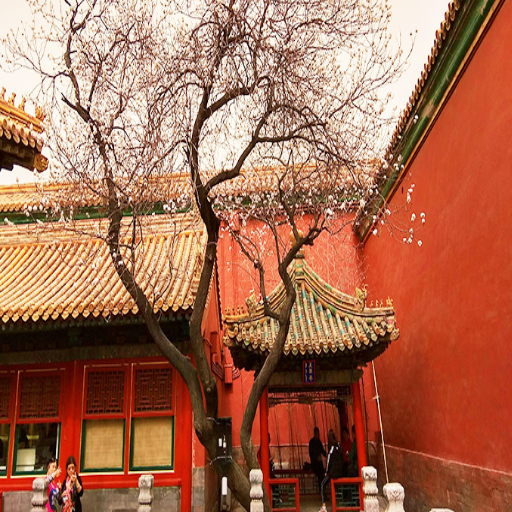
Seasonal Considerations for a Tour of the Forbidden City
Each season has unique advantages; therefore, one can visit the Forbidden City anytime. However, the most recommended time would be spring (March to May) when the flowers bloom. Spring offers mild temperatures as pleasant as 10° to 20° C, allowing tourists to walk around and explore the abundant courtyards comfortably.
The summer season (June to August) brings a wealth of vibrancy to the Forbidden City and attracts larger crowds, turning the world-renowned landmark into a tourist hotspot and an oven! As it is important to sip on water during this season, one should also be prepared with light clothing and hats, as temperatures reach 30° C.
In comparison, autumn (September to November) is much quieter and is often the recommended time to visit. Most individuals dodge travel during this time,, making it easier to enjoy the fall foliage and pleasant temperatures of 15° to 25° C without overcrowding.
Winter (December-February) is peaceful because of the relatively sparse number of visitors and the potential to witness the grand structure lightly coated in snow. However, due to freezing temperatures, it is important to note that this time of year does require adequate warm clothing.
Regardless of the time of year, early mornings are the most advantageous time to visit as they help circumvent crowds and buzz. During these hours, one can bask in the beauty of the Forbidden City in tranquility.
Best Times to Avoid Crowds
As with any ancient place, a visit should be booked during non-peak times to fully appreciate the Forbidden City without being mixed in with large groups. For instance, usually, there are fewer visitors during the weekdays than on weekends since there are fewer local tourists and visitors during the work week. Another perfect time is early mornings, right after the gates have been opened, as this is before most tourists have arrived. Moreover, the off-season months like late autumn (November) or the early winters (December through February) usually have fewer visitors as it is not a vacation or holiday period.
Furthermore, avoiding national holidays, such as the Spring Festival or Golden Week in October, is equally important, as there is a huge rise in domestic tourism during these periods. By controlling your timing, you can enjoy the stunning view of the multi-layered tall building rich in history without the large population of tourists.
Special Events and Festivals in Beijing
As the capital city, Beijing hosts several events and festivals yearly, representing its rich history and modern culture. Spring Festival, also called Chinese New Year, is one of the most popular and widely celebrated; it typically happens between late January and mid-February. This festivity begins the Lunar New Year with colorful temple fairs, traditional lion dances, and breathtaking lantern shows. The city comes alive with red and gold decorations because red symbolizes joy, and gold represents wealth.
During the Lantern Festival, which marks the close of the Spring Festival, visitors can enjoy various intricately decorated lanterns and indulge in traditional foods such as yuan xiao, also known as glutinous rice balls. Another important celebration is the Dragon Boat festival in June, which is celebrated with dragon boat races and the making of zongzi, a well-known sticky rice dumpling wrapped in bamboo leaves.
The Mid-Autumn Festival of Beijing is celebrated around September and October, and it is considered the time when family gatherings happen as mooncakes are relished. This festival sometimes overlaps with the harvest season, and the city hosts a range of cultural shows that focus on abundance and thankfulness. For lovers of art, the Beijing International Film Festival and Beijing Music Festival promote talents from across the globe in cinema and music, respectively.’
Beijing can be explored at any time of the year because it is a cultural hub. Every festival showcases its beauty and traditions, alongside modern art. The city serves as a wonder to folk looking for cultural pursuits at any time.
How to Plan Your Itinerary for the Forbidden City?
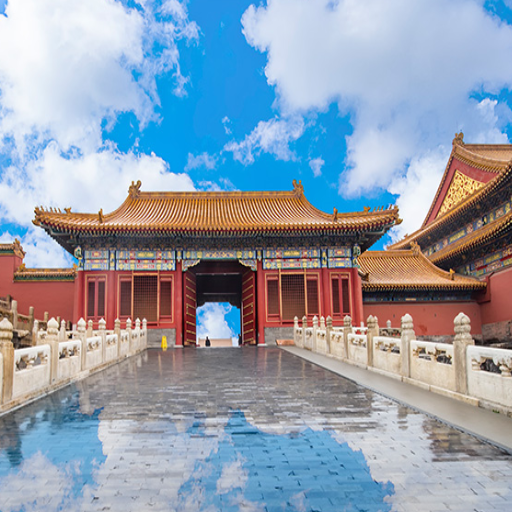
Creating a Half-Day Tour of the Forbidden City
Focusing on the highlights and following an organized traversal order are essential to ensure that your half-day visit to the Forbidden City is fruitful. Set off on your expedition from the southern entrance, known as the Meridian Gate. This magnificent gate is not only the south mark of the Palace City but also well-known as the primary gate to the entire palace complex. Remember to get your tickets online in advance because this palace complex tends to attract a larger number of tourists.
Once inside the gate, make your way to the Outer Court, where the Hall of Supreme Harnony, the largest hall in the unit, can be appreciated along with the other displays of empires' power. It was used for certain important state occasions, such as ceremonies. Spend some time examining the architectural pieces and the throne room, showcasing the Ming and Qing glory.
After this, go to the Inner Court. Here, we can find the Palace of Heavenly Purity, Hall of Union, and Palace of Earthly Tranquility, where we can glimpse into the past lives and private apartments of emperors and their families. The richly decorated walls of the palace and the furnishings evoke a sense of imagination of the spine-tingling historical events that took place here.
Conclude your walkthrough by going to the Imperial Garden at the northernmost part of the complex. This quiet section is ideal for taking in the peaceful splendor of classical Chinese garden design with ancient pavilions, sculpted rocks, and verdant vegetation. Wrap up your half-day itinerary by exiting through the Gate of Divine Prowess.
For a more in-depth experience, you may want to rent an audio guide or join a professional tour group to fully appreciate the fascinating history behind the Forbidden City. Remember to carry water and wear comfortable shoes, as the site is incredibly expansive and requires a lot of walking.
Must-See Attractions within the Palace Museum
The Hall of Supreme Harmony (Taihe Dian): This magnificent Hall, among China's most significant ancient wooden structures, illustrates the magnificence of imperial palaces. It was the site for grand state ceremonies like the emperor's enthronement and royal weddings. The splendid dragon carvings, the roof decorations, and the central throne all bear testimony to the power and artistic skill of the Ming and Qing Dynasties.
The Palace of Heavenly Purity (Qianqing Gong): A symbol of Imperial power, the Palace of Heavenly Purity was the residence of Emperors during the early Qing Dynasty. A walk down the corridors of this palace provides a glimpse into the life of the ancient emperors, accentuated by the traditional touch of red lacquered beams and windows with patterns. The building used to have the Throne of the Emperor, the very heart of court governance.
The Clock Exhibition Hall: This special gallery of the Palace Museum displays ancient time-measuring devices. These items’ intricate designs, most often gifted by European Crown Jewellers to the Emperors of China, illustrate unparalleled craftsmanship. Visitors witness the ingenuity that steered the development of the means for time measurement and the artistic adornment, which demonstrates the blending of cultures and technologies over different eras.
The Treasure Gallery (Zhenbaoguan): The Treasure Gallery is home to priceless imperial artifacts that display the wealth of the royal family. These include exquisite gold and jade ornaments and the infamous crowns worn by the empresses. This gallery shows the lavish possessions of the imperial family of China. Therefore, it is highly recommended that people interested in the history of the Forbidden City visit the gallery.
The Imperial Garden: Unlike the Imperial halls, the Imperial Garden is quiet and peaceful. It is filled with ancient pavilions, rock arrangements, and a landscape that tells a story. Walking around this garden is a great way to see the magic behind the Chinese landscaping techniques that focus on the balance attained through nature.
By visiting these major places within the Palace Museum, one is guaranteed to gain appreciation for its rich heritage, mastery of artistry, and depth of history.
Including the Temple of Heaven in Your Beijing Itinerary
The Temple of Heaven is a prime example of artwork from the mid-Ming Dynasty and is a site no traveler should miss when they visit Beijing. This expansive complex was constructed around the mid-15th century, featuring an almost sacred level of architectural beauty dedicated to the emperors who prayed for harvest bounties. Several yearly socio-culturally important rituals were performed there during the Qing dynasty. It also incorporates essential cosmological design principles, reinforcing the importance of space in the structure. Heaven is represented through circular design. At the same time, the Earth is depicted as the square attributes on the surrounding walls.
The hall at the southern end of the complex at Beichong Gate builds major xianxing and guxin icon worship with blue tiles crafted from the south, further supporting the heavens. Visitors at the Temple of Heaven can also appreciate the Circular Mound Altar, a three-tiered audio-permitting platform for spiritual activities. It is surrounded by green space, calm gardens, and gentle winds that act as an escape from the city while digesting centuries of history. The Temple of Heaven is an epitome of cultural heritage and further elaborates China’s architectural stature and expression.
It is recommended to use the blue sky day trimotor enchantment view just above the borders of Shi feat, unveiling the surroundings of the Houshayu Shunyi area, where dancers, tai chi practitioners, and musicians gather early in the day. Like any tourist site, the Temple of Heaven enhances Beijing’s charm as it allows visitors to indulge in its deeply rooted traditions as well as remarkable modern culture.
What to Expect on a Walking Tour of the Forbidden City?

Guided vs. Self-Guided Tours
Both self-guided and guided tours have unique advantages to offer when visiting the Forbidden City, appealing to different preferences and styles of travel. With a guided tour, one can extract an eyewitness account of the rich history, culture, and hidden narratives of the iconic structures from professionals. Access to exclusive insights about the artifacts, detailed architecture, and daily life in imperial China is provided during many guided tours. It thus enhances one’s experience of this UNESCO World Heritage site. Furthermore, these tours also assist in systematically navigating the vast complex so that major sites like the Hall of Supreme Harmony and the Palace of Heavenly Purity are not missed.
On the other hand, self-guided tours enable tourists to navigate the Forbidden City at their leisure. Mobile apps and downloadable maps allow visitors to tailor their plans and focus on the places that interest them the most. Such an option caters best to those who wish to enjoy a slower-paced journey since it allows time to appreciate the intricate details of the palace’s architecture, gardens, and artwork. Both options allow for an immersive experience, and selecting the right fit depends on whether one prefers a more hands-on approach or expert guidance. Whichever option one chooses, the timeless grandeur of the Forbidden City ensures that the exploration of China’s imperial history will leave an indelible mark.
Highlights of a Private Tour Experience
A private tour of the Forbidden City gives an individual a unique chance to explore the landmark's hidden beauty. Every visitor is entitled to access the less busy wings of the complex, thus enabling a more detailed gaze at the almighty halls, detailed carvings, and historical relics on display. Private tours are accompanied by knowledgeable guides who offer vivid details and cultural context in narrative form, telling of the history and lesser-known events of the greater Empire.
Some of the private tours could come with a set itinerary but are flexible in scheduling, so you can shift your interests, like concentrating on the lesser taught architectural marvels, such as the Hall of Supremacy, or learning more about the lives of the reigning Emperors who, at one time, ruled from the chancellery. Some custom tours combine modern innovation to spice up the tour using tools such as augmented reality or video to give out vibrant historical accounts.
The freedom to choose nip-tuck details of the visit through private tours guarantees satisfactory interaction with the rich history and other colonial and historical landmarks of the wide, legendary beauty called The Forbidden City. This arrangement makes differentiated private tours suitable for people willing to spend quality time in inspiring landscapes.
Exploring the Meridian Gate and Central Axis
The Meridian Gate, or Wumen, is the architectural wonder that marks the entrance to the Forbidden City and is a wonder in itself. It resides as the most outstanding and enormous gate within the compound, with three sculpted arched entrances accompanied by two extending side wings, adding to its commanding presence. Traditionally, Meridian Gate acted as both a passageway and a ceremonial site from where imperial decrees were proclaimed. It strikes visitors with its astounding symmetry, balanced with precise details scribed on the red walls and golden tiles, which emblematize power and imperial dominance.
The Central Axis is the backbone of the layout of The Forbidden City, and gets revealed as the visitors pass through The Meridian Gate. This designed axis accurately integrates courtyards, palaces, and halls into a single flowing entity, forming from the Meridian Gate towards the Gate of Divine Prowess. The axis stretches meticulously. The Outer Court at the center serves as the heart, followed by the Inner Court, which is considered a private living region reserved for the emperor and the family. The spatial organization combined with the alignment highlights the deeply rooted essence of order and balance and traditional Chinese architectural hierarchical order principles. These distinctive features of ancient Chinese dynasties and their splendid strategic planning are astonishing.
What are the Key Attractions Inside the Forbidden City?

The Hall of Supreme Harmony and Its Historical Importance
The Hall of Supreme Harmony, or Taihe Dian, is one of the most outstanding structures in the Forbidden City. The moment I set foot into its vicinity, I was utterly enchanted by the sheer scale of its construction and the fine details incorporated into it. This hall is the largest building in the complex, serving as the ceremonial core of the imperial palace, where Ming and Qing Emperors held essential functions like coronations, weddings, and proclamations of state decrees. It's placed at an even greater height on the tri-level marble terrace, allowing for an unparalleled view which conveys great importance and evokes feelings of awe even after centuries.
The ornate and intricate hall roof, which had gold tiles and statuettes representing dragons of power, captured my attention even more. Alongside the imperial throne, which symbolizes dominion over the “Middle Kingdom”, one can find even more magnificent features such as ornate dragon carvings. The hall is not just an architectural wonder, but a representation of the time's deep political and cultural values. Learning about the Hall of Supreme Harmony increased my understanding of the artistry and complexity of ancient symbols signifying rule and governance structured towards humanity’s history, truly feeling the heart of historical essence.
Visiting the Treasure Gallery and Imperial Garden
The visit for me, the first time to The Treasure Gallery, was epic. Now, I can even more appreciate the ancient Chinese imperial wealth and their lavish craftsmanship. In this gallery, one can witness a marvelous collection that includes a jewelry box with complex designs. There are ceremonial artifacts and precious treasures that emperors and empresses owned. Every piece of treasure isn't just decoration but tells a story and exclaims the crafters' skill and industrious nature, representing the magnificence of imperial life. I was most captivated by the detail captured in every artifact, showcasing the intertwining concept of art and symbols in Chinese culture. It autonomously shifted my mind to these corridors that seem to travel back in time, seeing as every object is highly intricate and was regarded with great reverence.
Having admired the treasures, I proceeded toward the Imperial Garden, a peaceful garden within the palace complex. Elegant pavilions and lush greenery blended perfectly with the rocks that man formed. The garden was meant for emperors to retreat and reflect, with every corner giving tranquility. I was enchanted by the ancient cypress trees that told stories of the ancient past. While walking through them, I admired the grandeur, including the erudite royalty who inhabited these lands.
Exploring the Courtyards and Halls of the Forbidden City
My experience at the Forbidden City felt like I was in a real history book. Every four years, when the major construction projects were worked on, craftsmen were employed from different regions of China, ensuring that no single detail on any beam, roof, or tile was neglected. The architecture is of such great magnitude that it captures your attention immediately. Standing within the vast courtyards is a rare experience that one needs to experience firsthand. Be it when it is filled with tourists or completely serene and quiet, they evoke the feeling of scale like no other. One can easily envision how this had been the core area of the imperial events during the reign of the emperors, when dynastic traditions were still practiced and were at their peak.
Accompanied by my family, I could step into the Hall of Supreme Harmony and marvel at its detailed throne and opulent decorations that represent the emperor's supremacy; it was undoubtedly one of the most memorable moments of my trip. My exploration was not limited to that grand hall, as the smaller, more intimate halls offered a glimpse into the daily lives of the royals. One section that caught my attention was the finely preserved artifacts like exquisite porcelain, calligraphy, and even silk tapestries. All of these represent the eloquence of the Ming and Qing dynasties and the level of attention paid to beauty in function that defined every corner of the Forbidden City.
I could feel a deep connection to history with every step. The combination of massive buildings and intricate soft sculpture was immersive and complimented my perception of an elitist and closed-off world. Walking the paths of emperors, officials, and servants was deeply sobering and educational, inspiring me to think about the culture nurtured in this space.
Frequently Asked Questions (FAQs)
Q: What is the most appropriate time to visit the Forbidden City in Beijing?
A: For visiting the UNESCO-listed Forbidden City, spring (April to May) and autumn (September to October) are the most suitable periods as these months have gentle weather. To avoid large crowds, avoiding traveling during peak periods like major Chinese holidays is best.
Q: Where can I purchase entrance tickets for the Forbidden City?
A: Tickets for the Forbidden City can be purchased online as they are sold on official pages and tripadvisor.com. Due to a cap on daily visitors, it is best to buy tickets early.
Q: Can I navigate the Forbidden City without a tour guide, or do I need to hire one?
A: A tour guide is not a must for the visit; however, they will help you fully appreciate the rich Chinese history and significance of the various sites within the palace complex and familiarize you with the enormous area known as the Forbidden City.
Q: What are the key sites within the Forbidden City that you can see?
A: Within the bounds of the Forbidden City, some of the essential key features are the ‘Hall of Mental Cultivation’, the ‘Palace of Tranquil Longevity’, the ‘Gate of Heavenly Purity’, and, of course, the Emperor’s throne. About the Ming and Qing dynasties, each of these places provides some information regarding their lives and history.
Q: How long does the tour of the city take?
A: The average visit usually lasts around 3 to 4 hours, although history buffs might take a full day to delve into all the intricate details and layers of the exhibits. It is best to strategize your itinerary based on your level of interest and the time you are willing to spend.
Q: Are there any other attractions to visit after the Forbidden City?
A: Certainly, after visiting the Forbidden City, you may visit other closely related sites like Tiananmen Square, Jingshan Park, and the Imperial City. These locations further explain more of Beijing's culture and politics.
Q: What preparations should I take before visiting the Forbidden City?
A: The Forbidden City has specific operating days, so remember it is closed every Monday. Also, be sure to check the opening date for your intended visit. Prepare appropriate walking shoes well ahead of time. Moreover, be ready for security checks at entrances like Tiananmen East. Having prior knowledge of security processes would enhance your experience. To improve your visit, use a self-guided approach to understand how to navigate the site.
Q: Is it possible to book a small group guided tour of the Forbidden City?
A: Yes, there are small group tours offered. These sought-after small group tours are more customized in their delivery. In addition to the small group setting, guides are often well-versed in the history and architecture of the Forbidden City, making these tours even more memorable. Be sure to reserve a spot early, as dates fill fast.
Q: Describe the significance of the Forbidden City in Chinese history.
A: Between the Ming and Qing dynasties, the Forbidden City was the imperial palace, home to Emperors and storing Beijing's political core for nearly 500 years. It embodies China's culture and demonstrates incredible ancient Chinese architecture.
